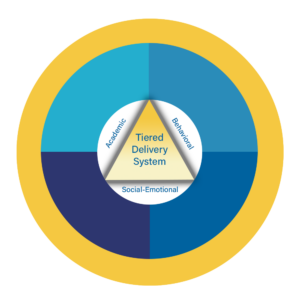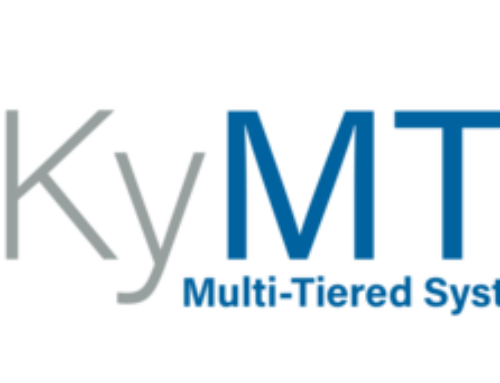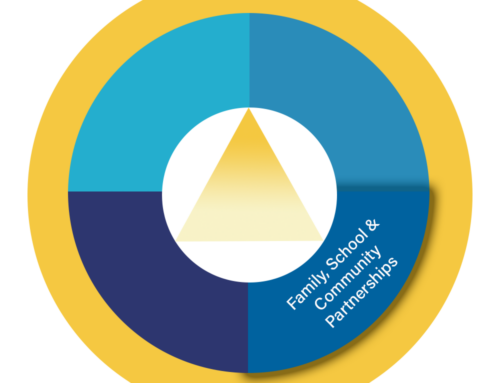
KyMTSS Tiered Delivery System with a Continuum of Supports: Intervention Effectiveness
Part of the KyMTSS implementation process established in 704 KAR 3:095 involves evaluating intervention effectiveness. Intervention may occur at every tier of the delivery system, with additional layers applied at Tiers 2 and 3 as needed. It is important to note that this is not about a specific program or location. When implemented effectively, interventions align to the right instruction, intervention and support based on grade-level standards and student need.
Interventions are adaptable and guided by ongoing data to ensure each student receives the most effective support. The key to student success is found in the quality and fidelity of interventions. This continuous cycle of data collection, intervention and assessment ensures that MTSS is responsive to student needs. By focusing on intentional, evidence-based interventions, schools can optimize their resources and ensure students get the needed support. Below are some considerations for enhancing intervention effectiveness:
Maximizing Intervention Effectiveness
- Utilize Diagnostic Data: Start with accurate diagnostics to identify specific student needs and tailor interventions accordingly.
- Select and Implement Intervention: Choose the most appropriate, evidence-based intervention.
- Monitor Fidelity and Progress: Deliver interventions as intended with an on-going data collection system. Monitor student progress to assess the intervention effectiveness.
- Adjust Using Data: Use progress monitoring data to determine if intervention is working or needs modification.
- Prioritize Access: Layer interventions within the school day.
KyMTSS Consideration:
KyMTSS utilizes a Three-Tiered Delivery System with a Continuum of Supports to provide instruction, intervention and assessment. When fewer than 80% of students are performing at grade level, it may suggest the need to evaluate and refine Tier 1 practices. If a district has recently adopted a High-Quality Instructional Resource (HQIR), it may require more time and monitoring to see the desired outcomes. In these cases, schools and districts should assess the need for adjustments over time, rather than making immediate changes. Additionally, many HQIRs may include Tier 2 support for further instruction, skill development, more frequent practice and explicit teaching strategies.




